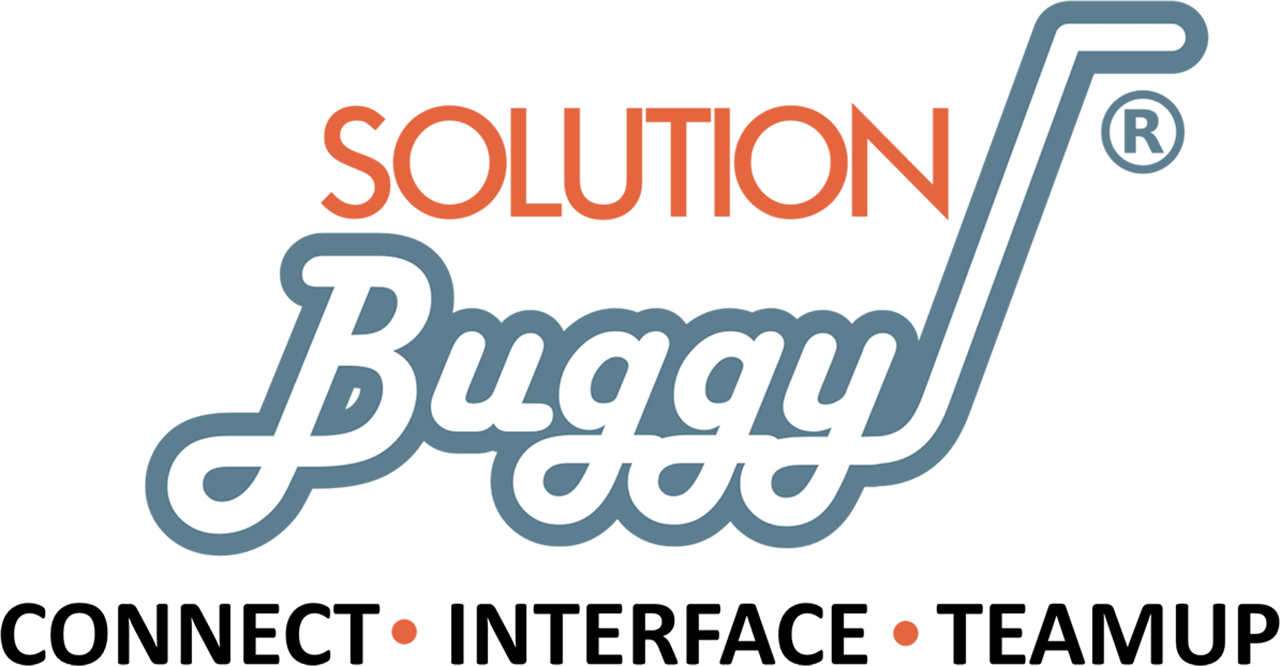If you’re considering taking the crucial step towards establishing a solar panel manufacturing venture and securing incentives for green energy investments, SolutionBuggy is your trusted partner in navigating this transformative journey.
Our team of seasoned consultants is well-versed in the intricacies of the solar panel industry and has a proven track record of facilitating successful green energy projects. We specialize in helping businesses access government policies and subsidies, ensuring you make informed decisions that align with your sustainability goals.
With SolutionBuggy’s expertise and commitment to fostering a sustainable future, you can embark on your solar panel manufacturing venture with confidence. Together, let’s harness the power of green energy and contribute to a cleaner and brighter tomorrow. Connect with us today and book a consultation with our Solar consultants to learn more about how you can secure incentives for solar panel manufacturing.






